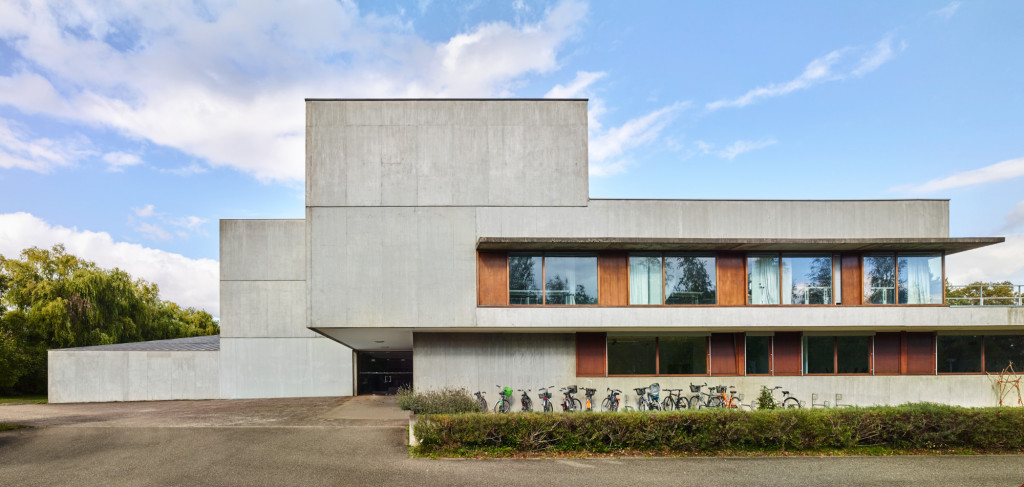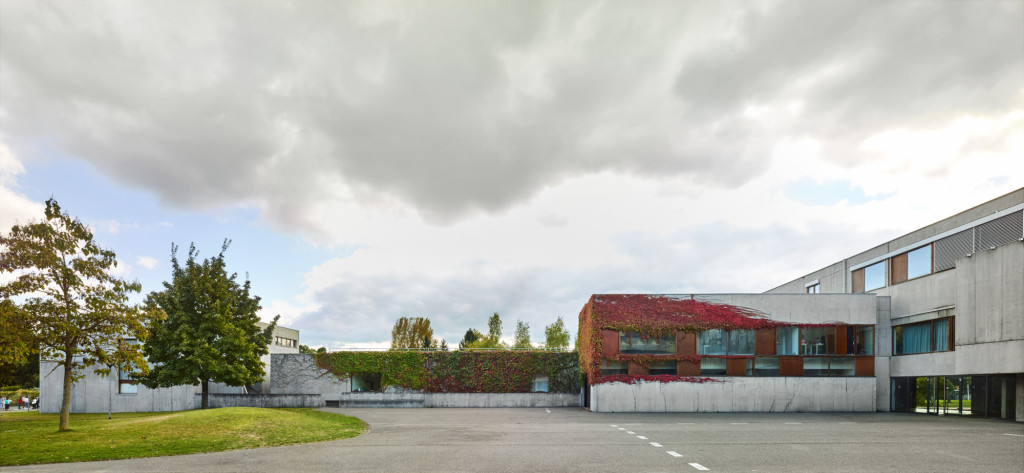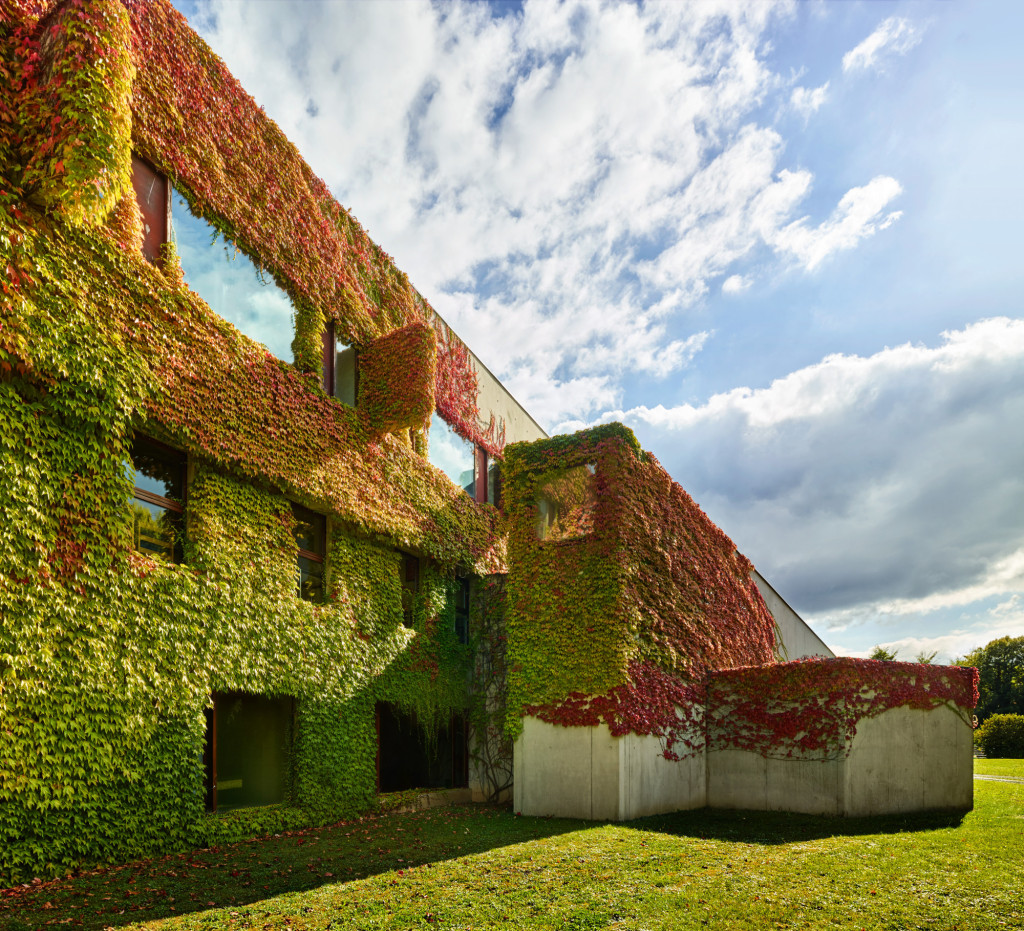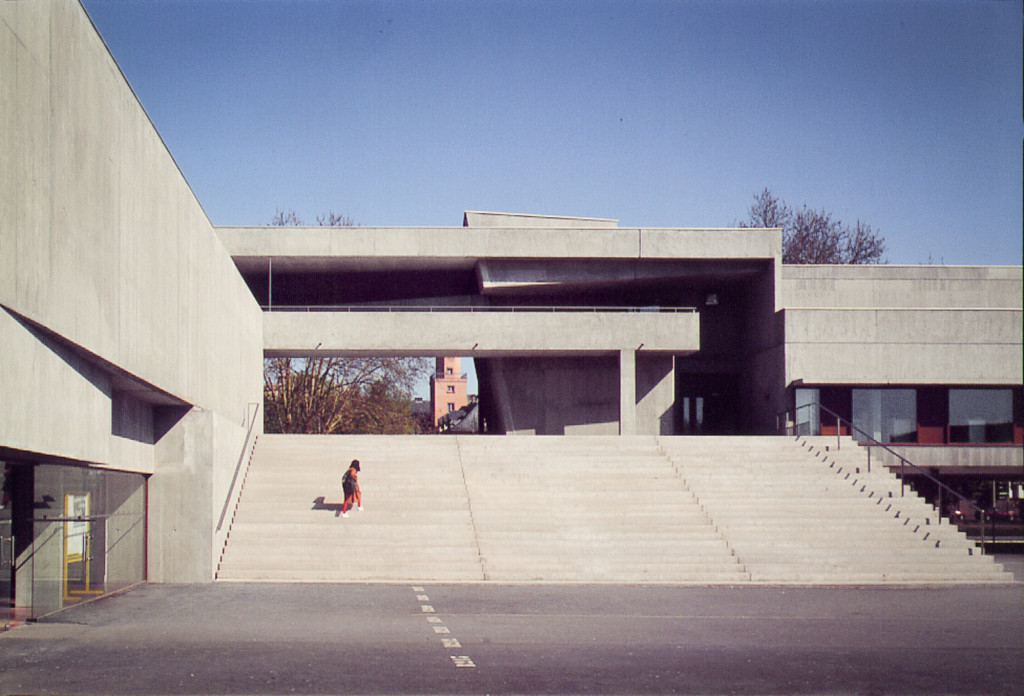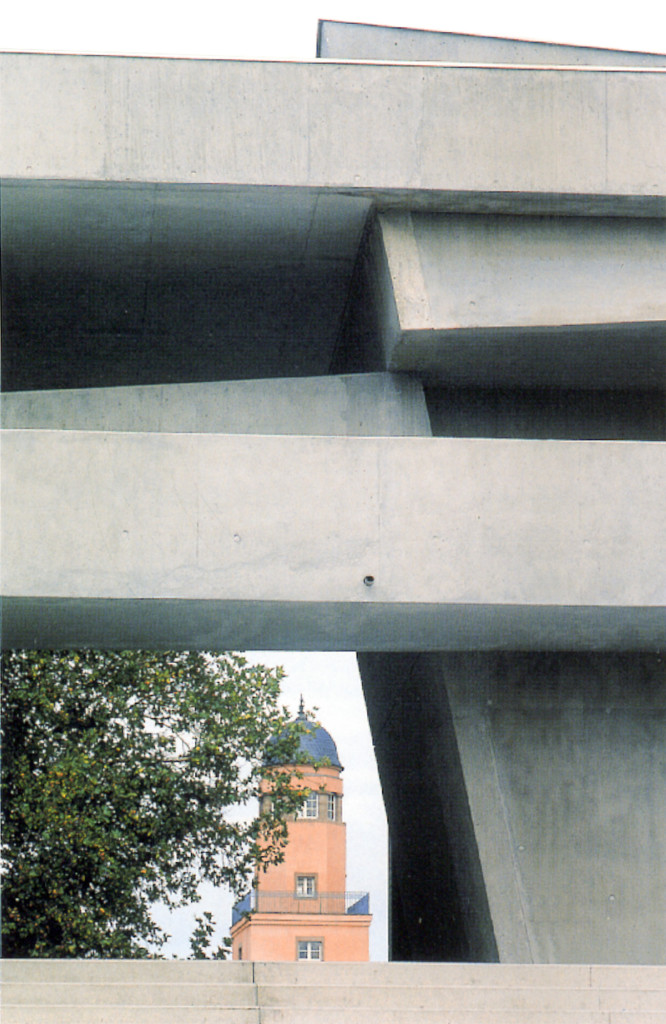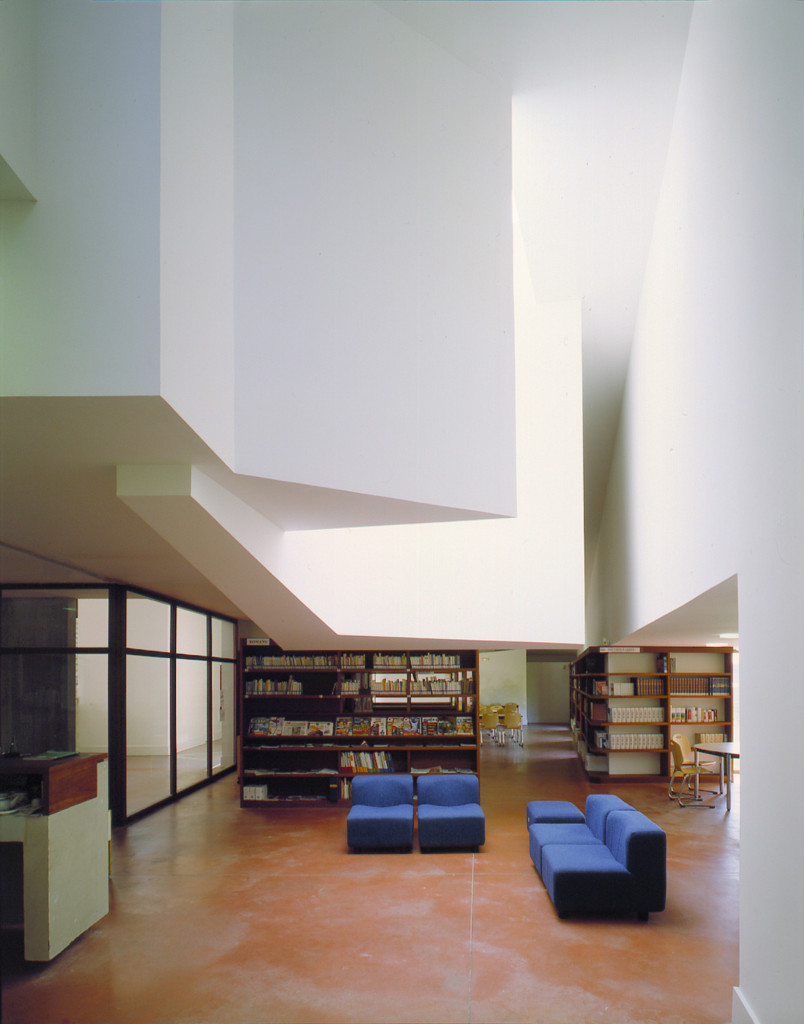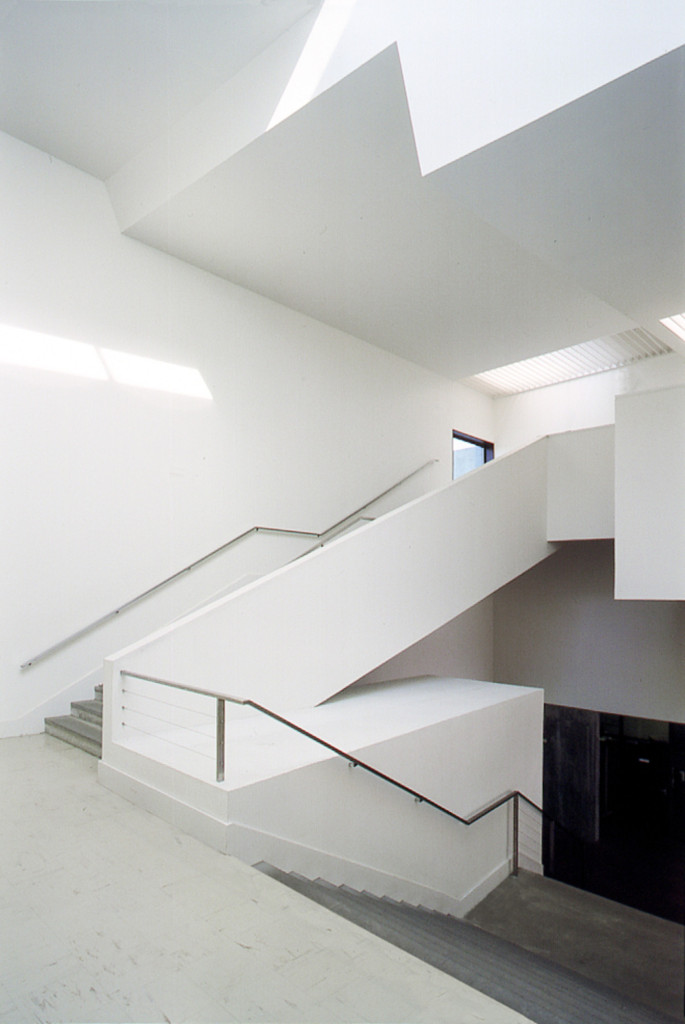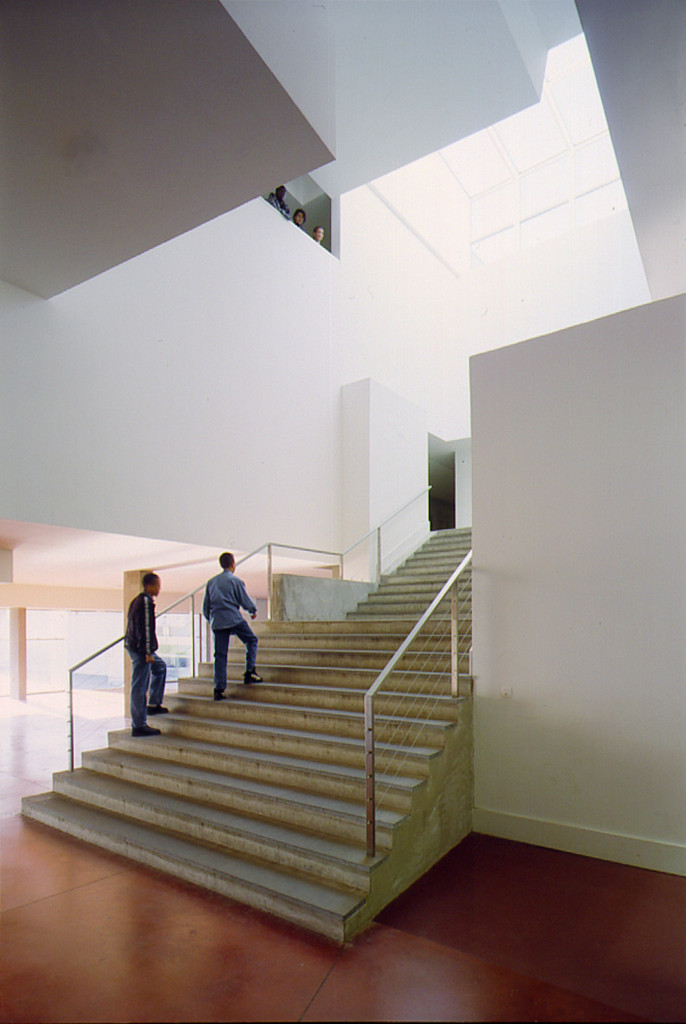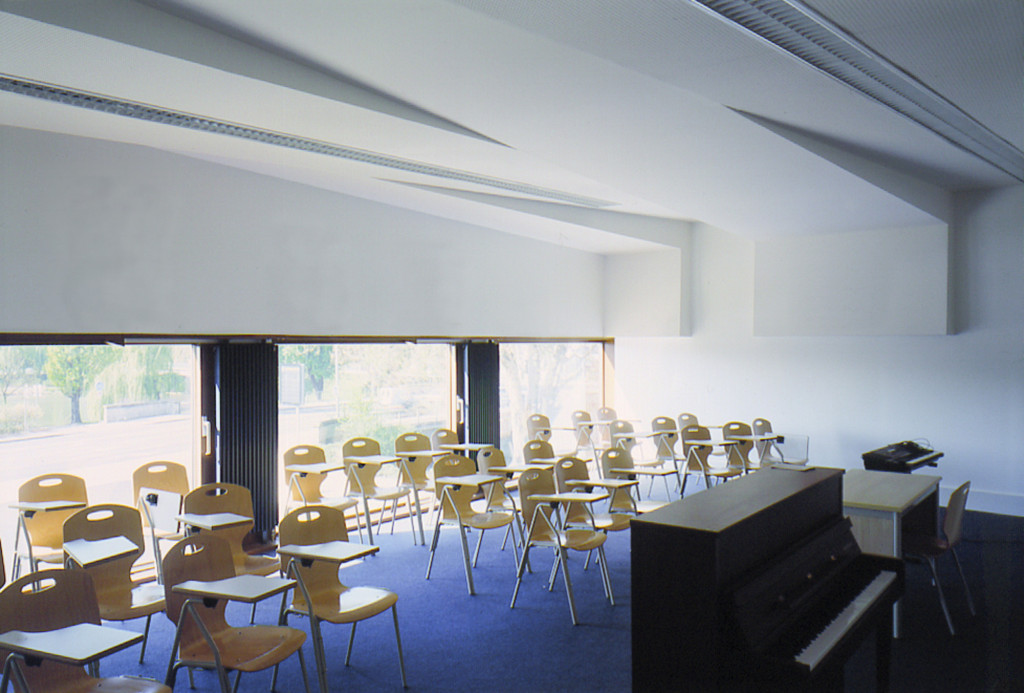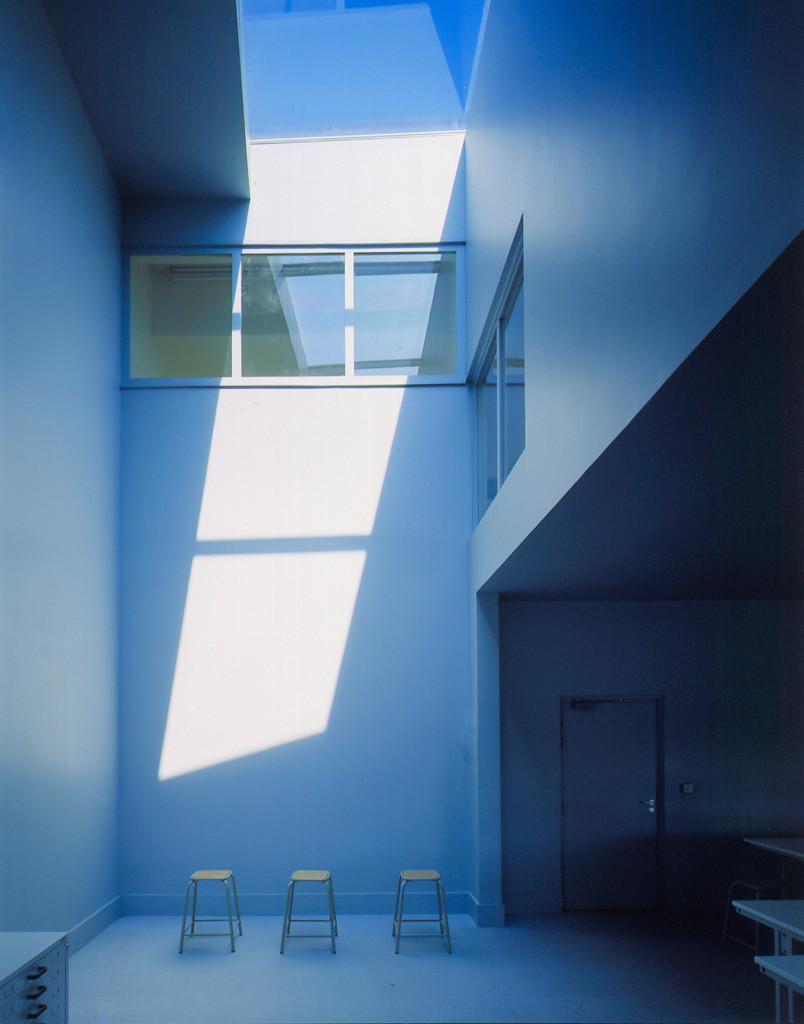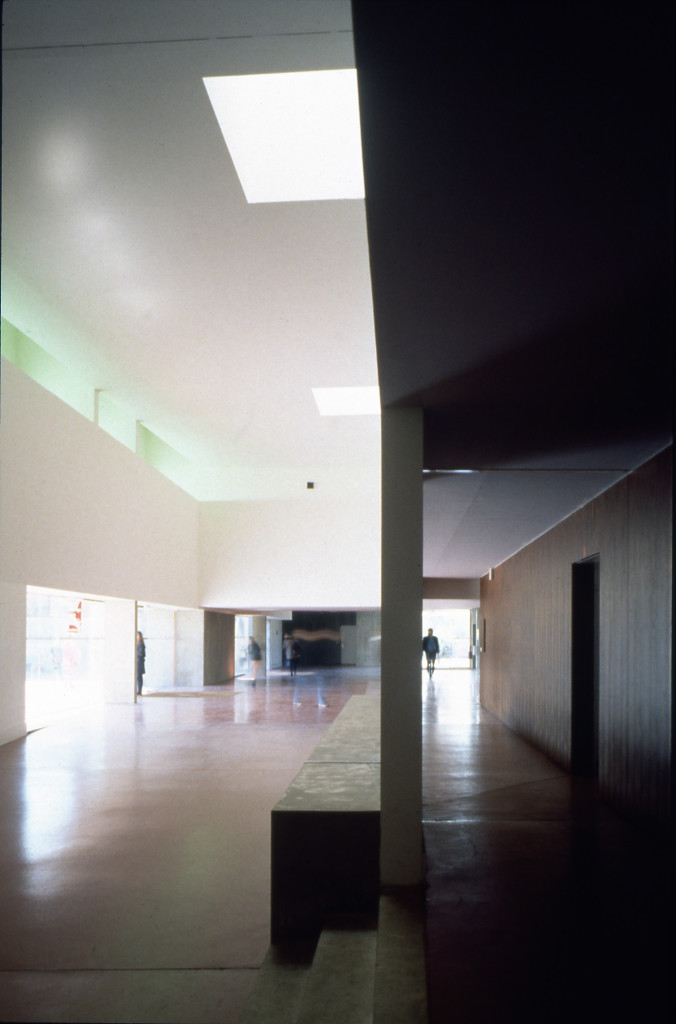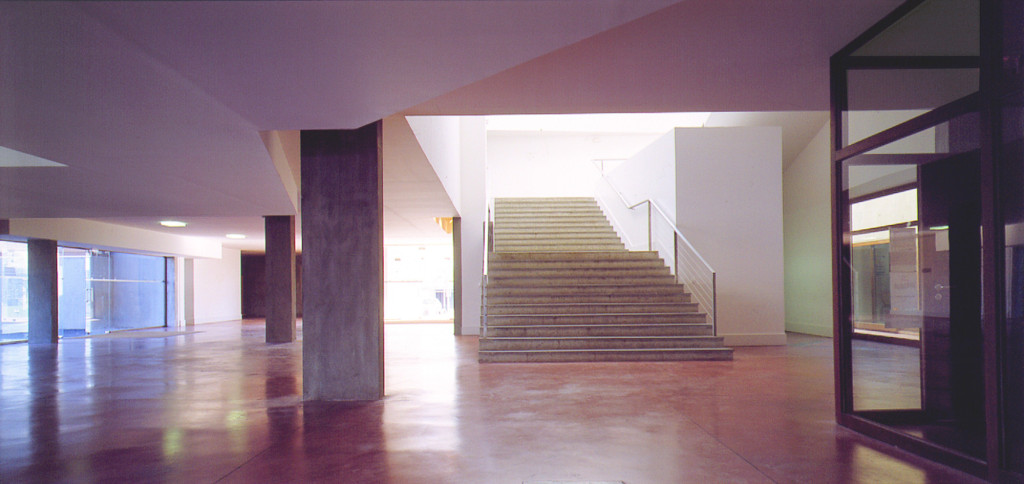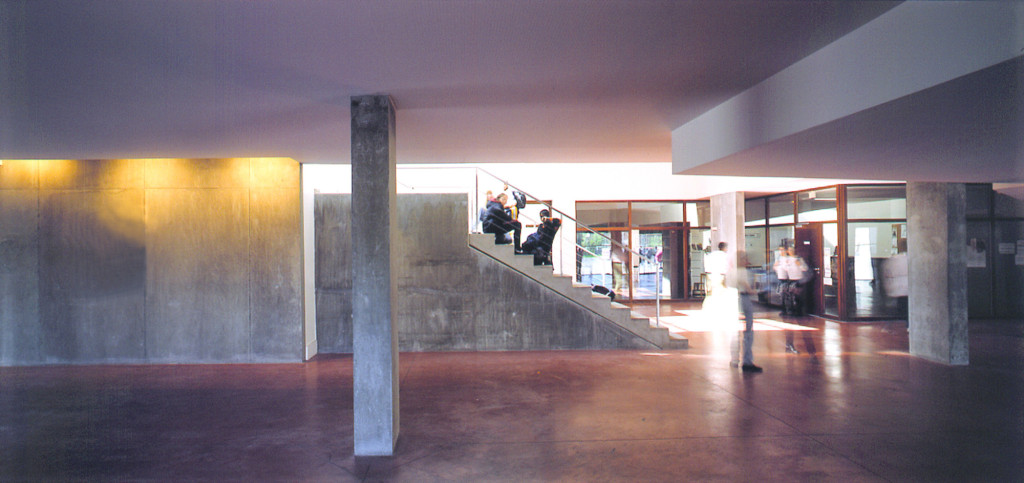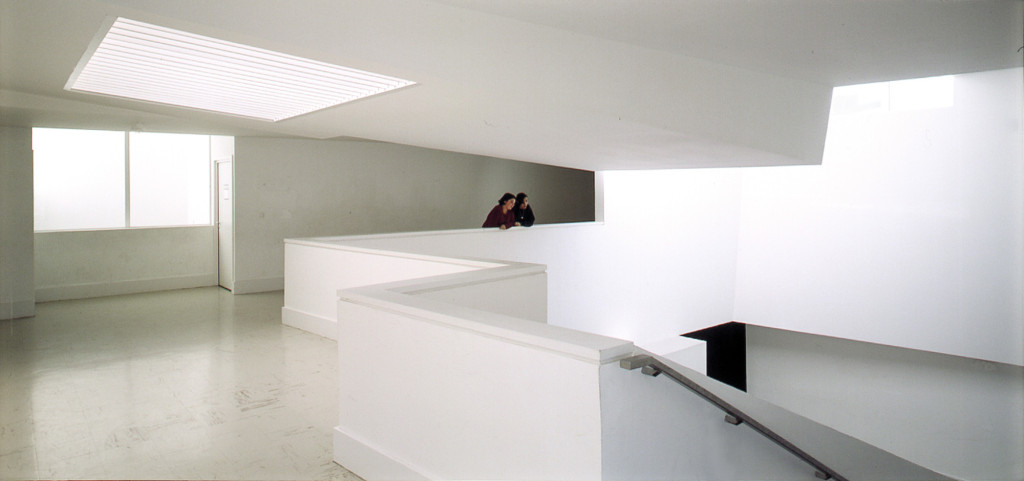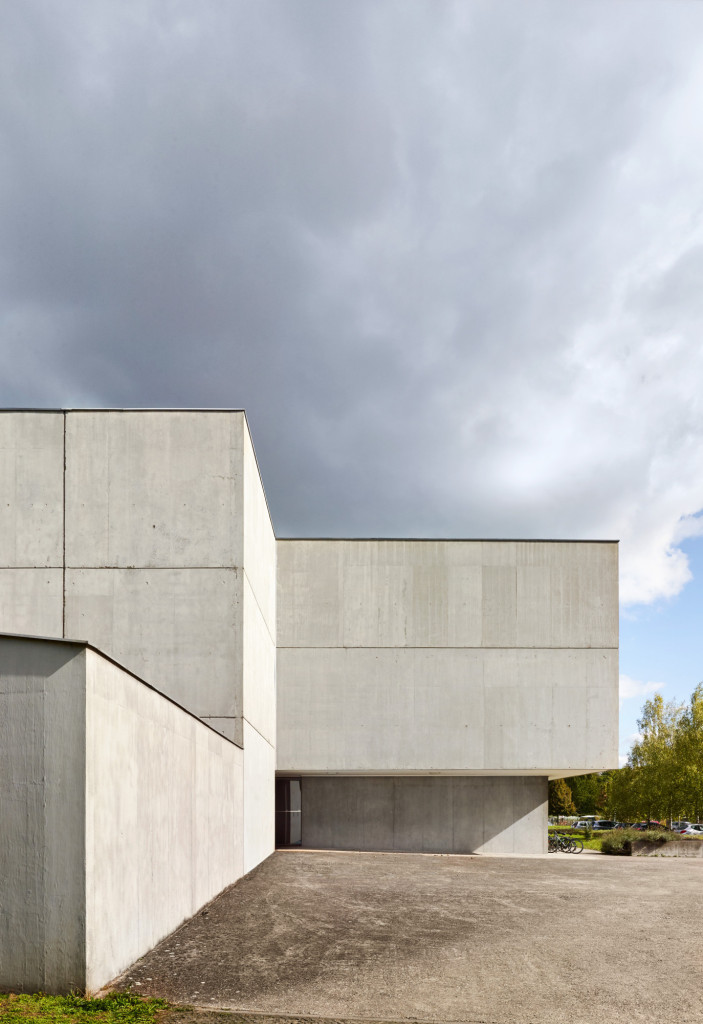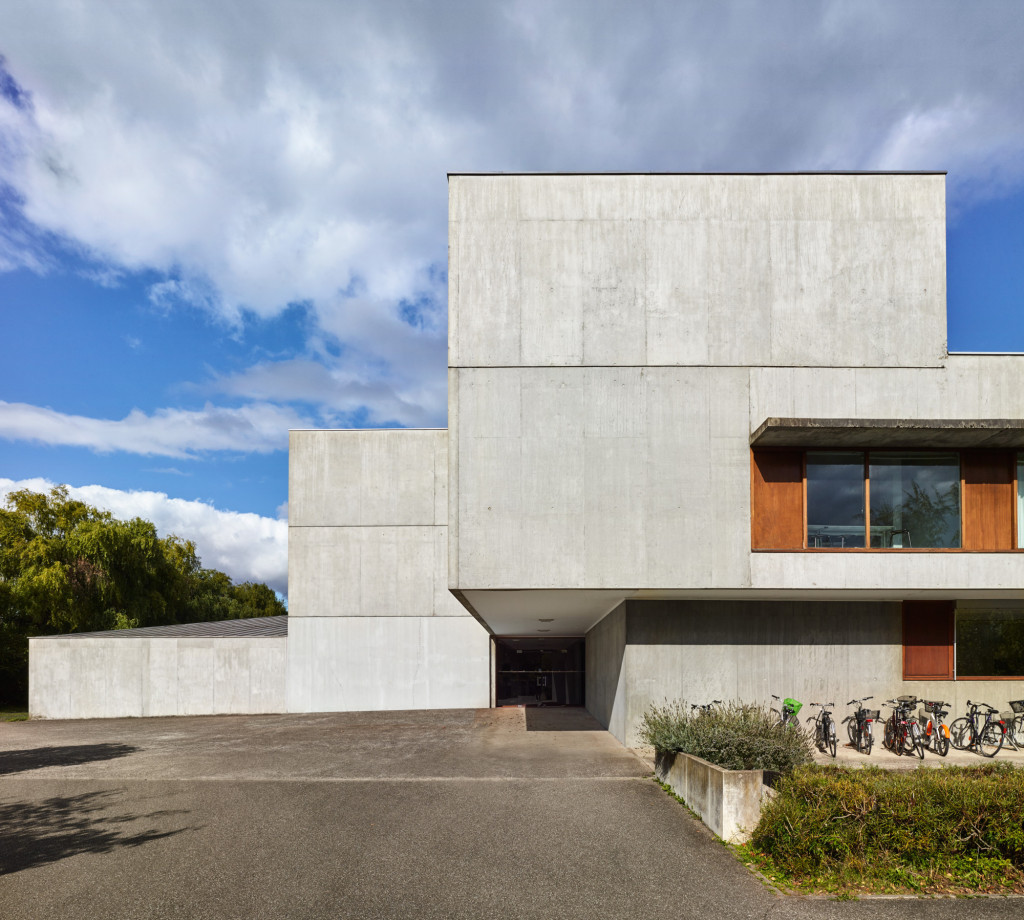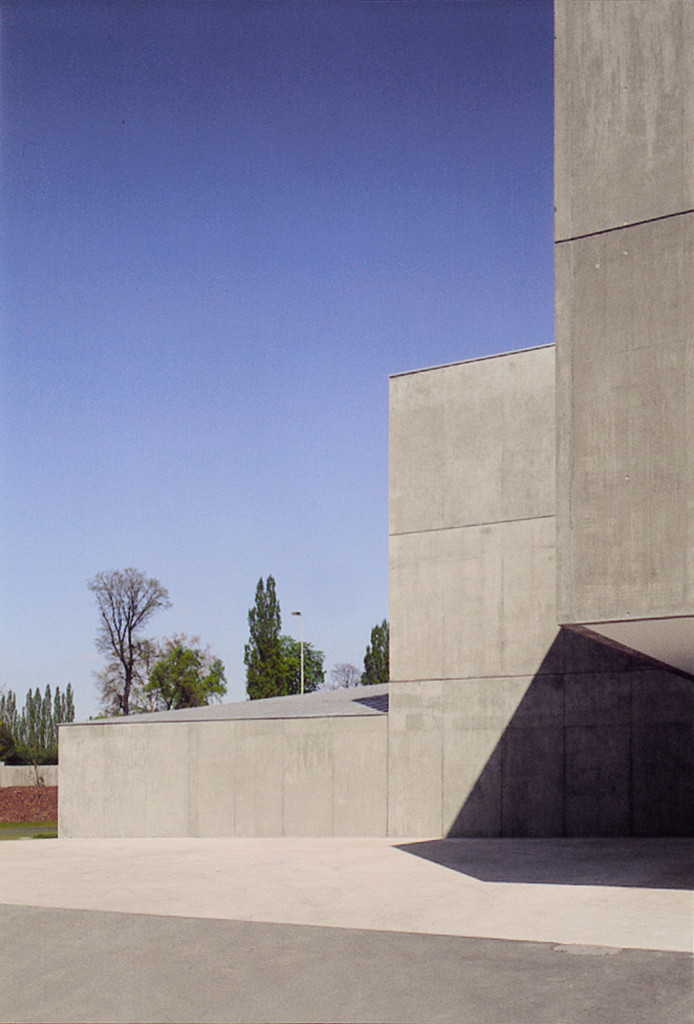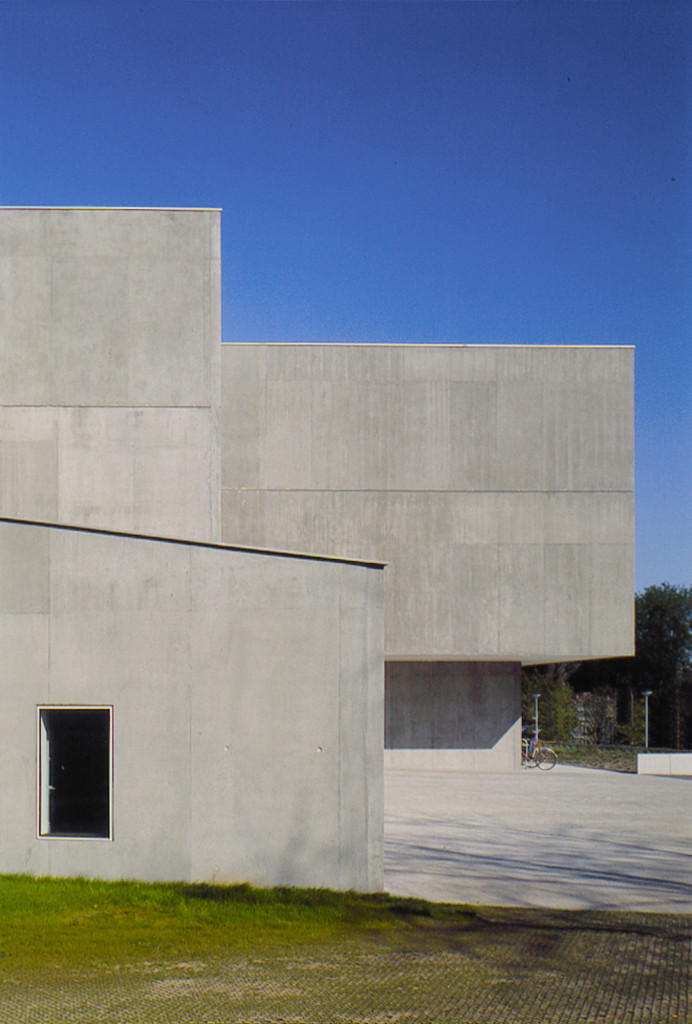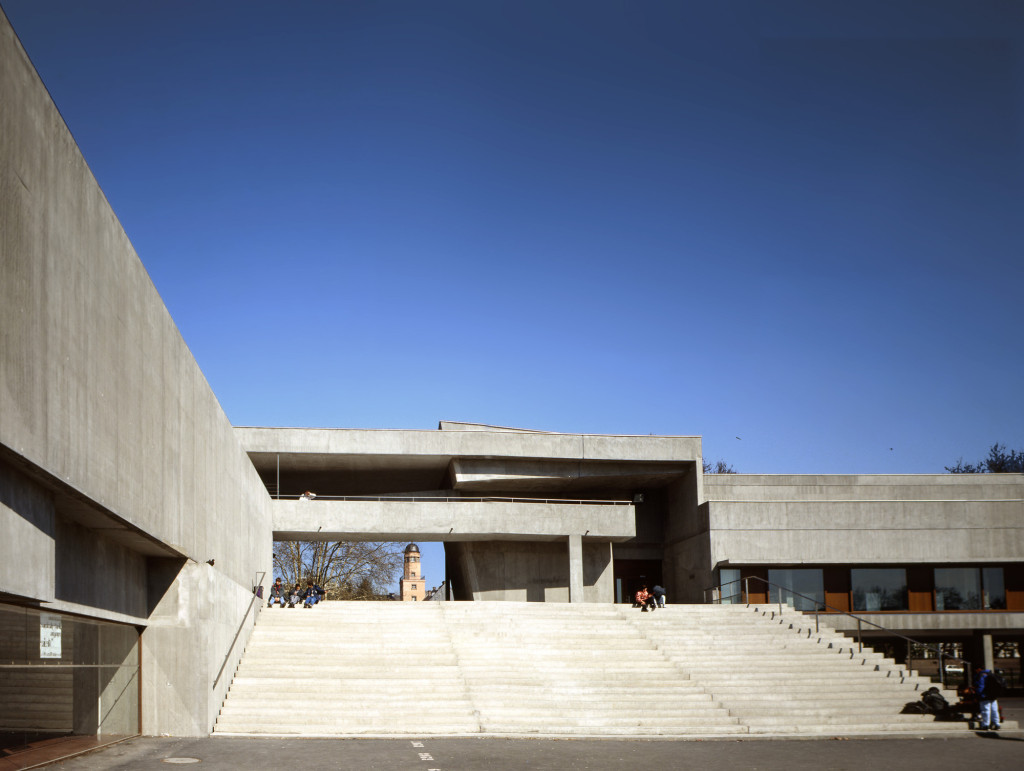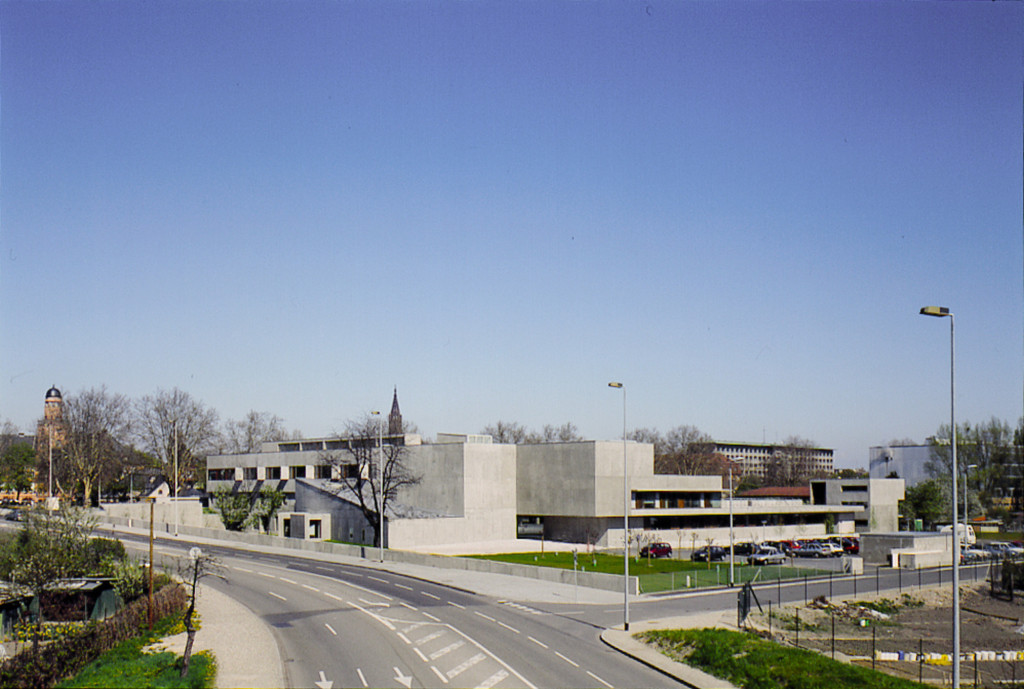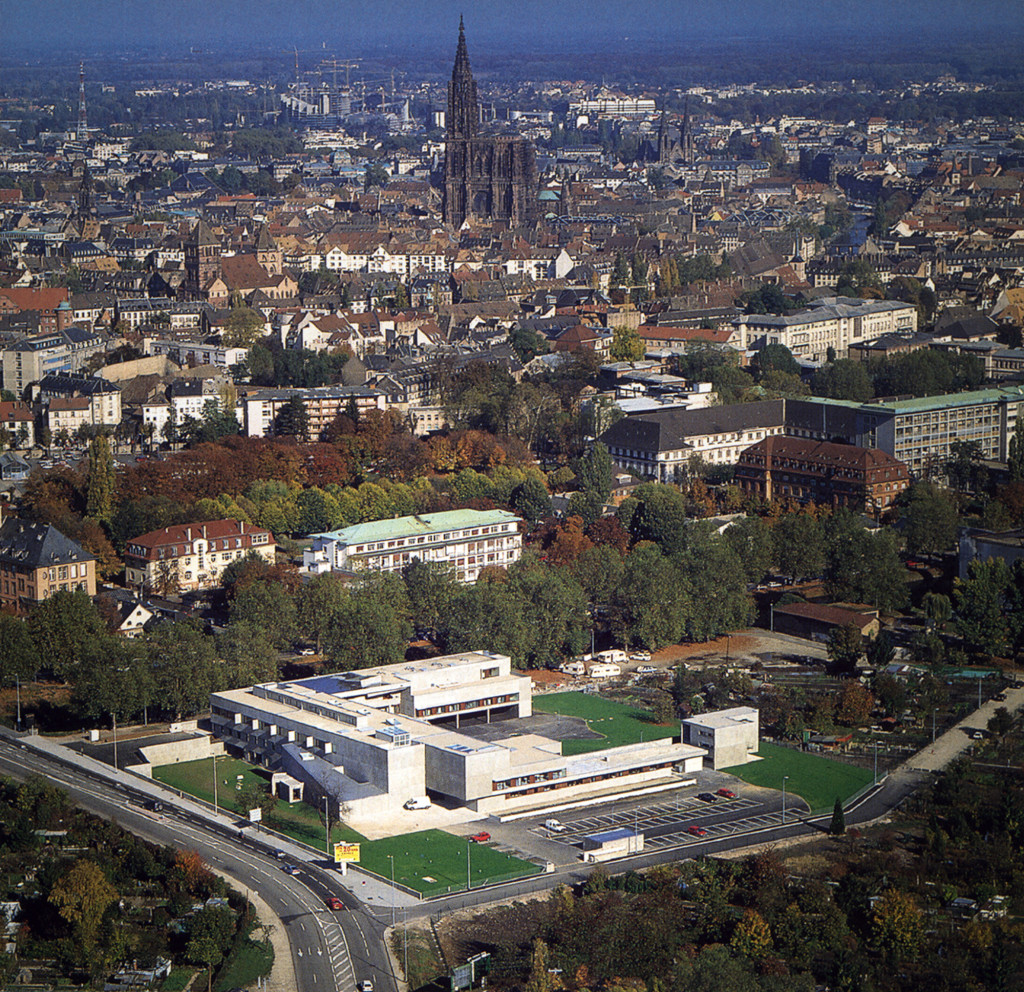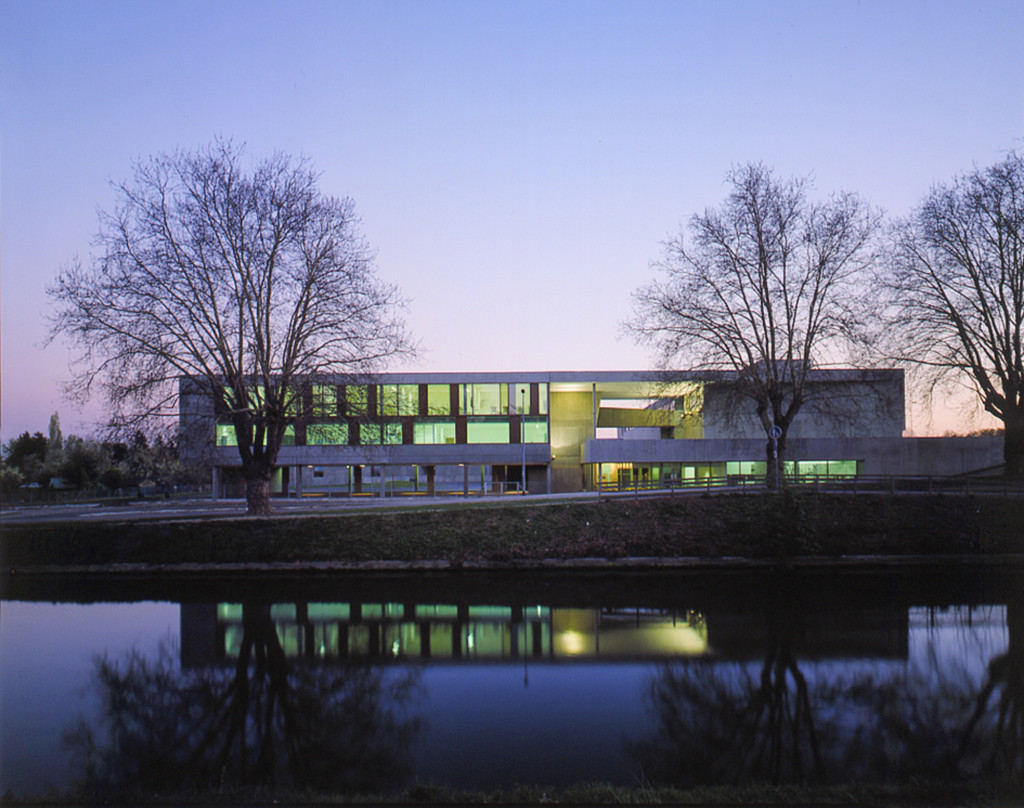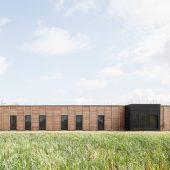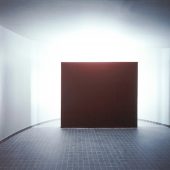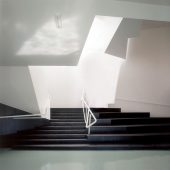The ‘Pasteur’ school is perceived as a unitary building; it is only in use that its richness is revealed. While the outside has a representative function (the image of institutional strength), the sophisticated architectural concepts of the interior favour developmental learning. The perceived volumes of the project are dissociated from the actual use made of it. The project uses particular viewpoints and contrasting routes through the building to assert itself as revealing learning by discovery. Every specifically architectural resource is brought into play so that users are kept alert by the light, transparencies and routes. Our approach associates the architecture with the landscape in order to generate new types of use. We have designed this school building as an initiatory laboratory so that each sequence, each viewpoint, gives rise to an educational experience. Lastly, we wanted to constitute the space in such a way as to introduce a degree of serenity. The focal point of the project is the hall on the ground floor. The different elements of the programme are linked either by galleries with natural lighting or by passageways. The elements are clearly identifiable, making it easier for users to find their way. The upper and lower entrances (one for pedestrians, the other for bikes and cars) make the unit much safer. It is from the hall that the programme is most readily understood. It is from here that transparent areas radiate outwards, offering views of the information and documentation centre, the school canteen, the main staircase, and the outdoor recreational area. The richness of the routes contrasts with the sobriety of the classrooms: it is by opposition that these spaces are enriched and become meaningful. The building has a uniform envelope in grey concrete, with joinery in red-painted wood. The roughness of the raw material is tempered by the vine growing on some of the facades. At times the light reflects off the concrete with a silvery gleam. This material has been left untreated, and will change aspect over time. On the inside, the initial impression is one of contrasts, and natural light is the essential element, revealing both the complex volumes and the materials; by reflecting the light, the colours come to life. Light is developed to the point of becoming a poetic entity with a beauty of its own. We consider the classroom to be the basic unit for teaching. It should be a permanent place. Each classroom is identifiable according to its intended function, while maintaining a very specific relationship with the exterior. The landscaped exterior adds character to each classroom, defining its ambience and atmosphere. We wanted to break away from the monotony of identical classrooms. While retaining their orthogonal geometry, we propose nine types of classroom. This diversity adds to the strong identity of each of the subjects taught.
By Dominique Coulon & associés


